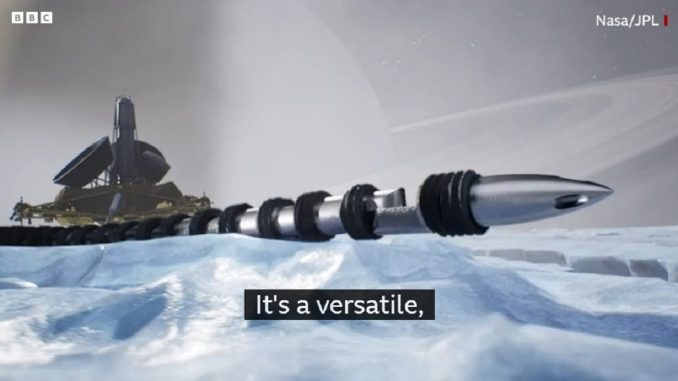
Saturn’s moon Enceladus is one of the most intriguing destinations in the solar system for astrobiologists. The icy world harbors a global ocean beneath its frozen crust, and geysers of water vapor and organic molecules erupt from cracks near its south pole.
These plumes suggest that Enceladus may have hydrothermal vents at the bottom of its ocean, where life could thrive in extreme conditions.
To explore this possibility, NASA is developing a snake-like robot that could penetrate the moon’s surface and navigate its subsurface environment. The robot, called Exobiology Extant Life Surveyor (EELS), is a concept study funded by NASA’s Innovative Advanced Concepts (NIAC) program.
EELS would use rotating propulsion units that act as tracks, gripping mechanisms, and propeller units underwater, enabling the robot to access a plume vent exit and follow it to its ocean source.
“EELS uses first-of-a-kind rotating propulsion units that act as tracks, gripping mechanisms, and propeller units underwater, enabling the robot to access a plume vent exit and follow it to its ocean source,” according to NASA.
EELS would also carry a suite of instruments to detect signs of life, such as biosignatures, biomolecules, and metabolic activity. The robot would be able to sample and analyze the water and ice in situ and transmit data back to Earth via a lander or orbiter.
The EELS team, led by researchers from NASA’s Jet Propulsion Laboratory and the University of California San Diego, recently conducted field tests of a prototype robot in Canada’s Athabasca Glacier and Mount Meager Volcano. These sites offer analogs for Enceladus’s icy and volcanic environments, respectively. The tests demonstrated the robot’s ability to traverse different terrains and perform scientific measurements.
The EELS concept is still in its early stages of development, and many challenges remain before it can be deployed on a mission to Enceladus.
For example, the robot would need to withstand extreme temperatures, pressures, and radiation and communicate with a lander or orbiter through kilometers of ice. However, the team hopes that EELS will inspire future efforts to explore one of the most promising worlds for finding life beyond Earth.

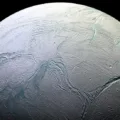
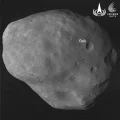
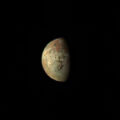

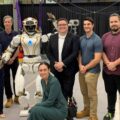

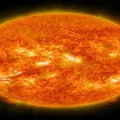

Leave a Reply